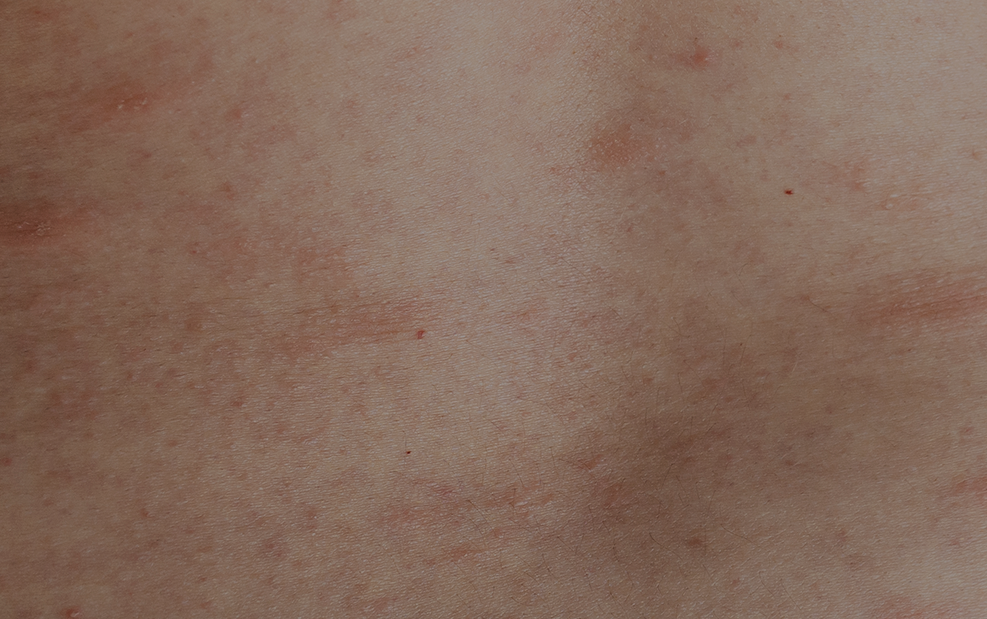Mario Sanchez-Borges, Ignacio J. Ansotegui, Ilaria Baiardini, Jonathan Bernstein, Giorgio Walter Canonica, Motohiro Ebisawa, Maximiliano Gomez, Sandra Nora Gonzalez-Diaz, Bryan Martin, Mario Morais-Almeida and Jose Antonio Ortega Martell World Allergy Organ J. 2021 Jun 1;14(6):100533. doi: 10.1016/j.waojou.2021.100533. eCollection 2021 Jun.
Chronic spontaneous urticaria consists in the occurrence of wheals, angioedema, or both more than 6 weeks, and 1-2% of the population is affected. It is more prevalent in women and frequently compromises quality of life and the costs for national health systems can be considerable.
The World Allergy Organization (WAO) has reviewed a position paper published in 2012 regarding diagnosis and treatment of urticaria and angioedema. Since then, there have been advances in the knowledge of urticaria mechanism of action, and new treatments (biologics) have been released for severe refractory disease. Urticaria pathological mechanisms include different cell types, mainly mast cells, basophils, eosinophils, T and B lymphocytes and epithelial and endothelial cells. The dysregulation of intracellular signaling pathways and autoimmune mechanisms have an important role in the activation of mast cells/basophils, which leads to the release of inflammatory mediators resulting in wheals and angioedema.
This is the first part of an update from the WAO, which intention is to provide an updated guidance for urticaria.
Biomarkers have been identified for the prognosis of chronic urticaria (total IgE, CRP, ASST, Anti-TPO, IL-17, IL-31, IL-33) and the assessment of the response of different therapies. Specialists are recommended to follow the guidelines, use validated PRO instruments and use effective and safe medications.






